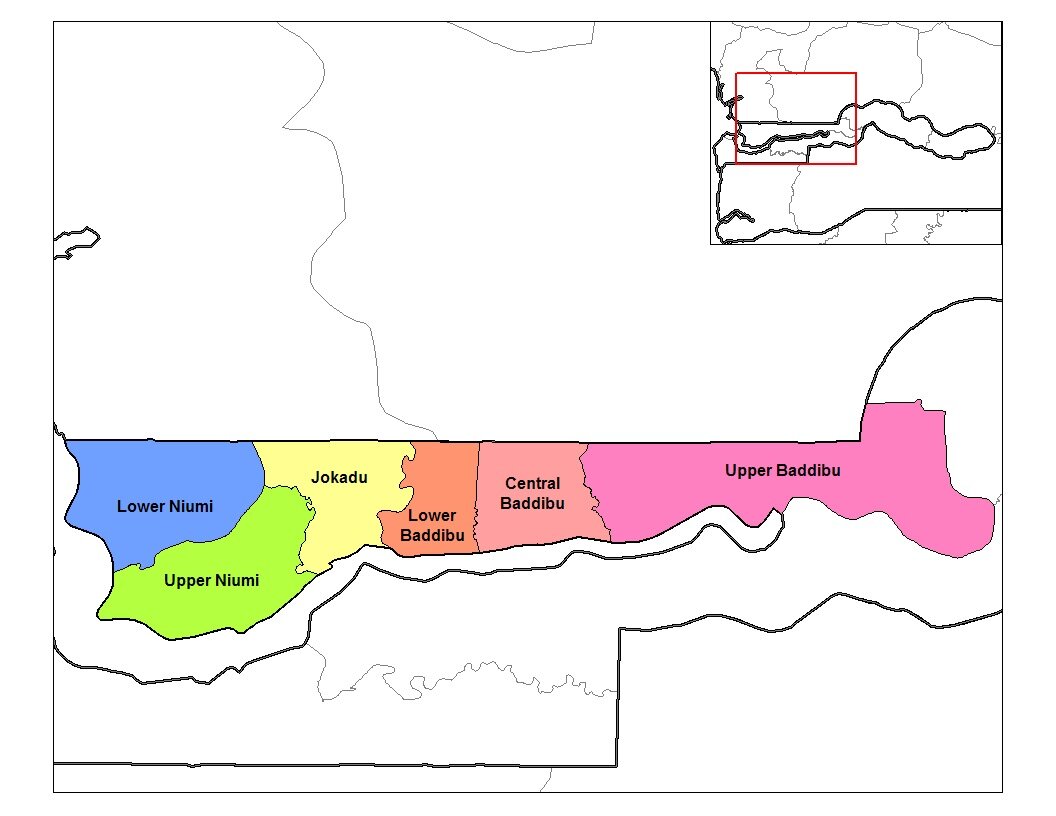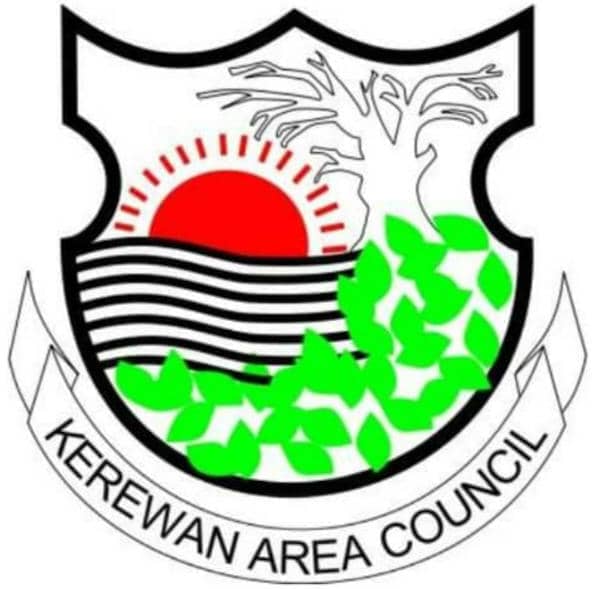
Kerewan Area Council, nestled in the heart of Gambia, is a region with a rich tapestry of demographic characteristics. As of the 2013 census, the region boasted a population of 221,054 residents. This diverse populace has contributed to a unique cultural mosaic that enriches the fabric of our community.
In terms of population density, the region stands at approximately 98 people per square kilometre, reflecting the distribution of residents across its vast expanse. The area’s landscape is dotted with a myriad of households, with a recorded 18,458 households as of 2003, serving as the cornerstone of our close-knit communities.
Covering a total area of 2,255.5 square kilometres, Kerewan Area Council is a geographically diverse region that spans across various terrains and landscapes. This vast expanse not only provides opportunities for agriculture, commerce, and infrastructure development but also presents unique challenges and opportunities for sustainable growth.
Healthcare and child welfare are paramount concerns within our community. The infant mortality rate, standing at 81 per thousand births, and the under-five mortality rate, which is 109 per thousand births, highlight the need for continued investment in healthcare services to ensure the well-being of our youngest citizens.
Economic well-being is another crucial aspect of our demographic profile. As of 2003, the poverty gap ratio was 33.2%, underscoring the importance of targeted poverty alleviation programs and initiatives aimed at uplifting our residents from economic hardship.
Education plays a pivotal role in shaping the future of our region. The literacy rate in the province was reported at 59.8%, slightly below the national average of 62.9%. Efforts to improve access to quality education and promote literacy remain a key priority for the Kerewan Area Council.
In the realm of primary education, the region records a net enrollment ratio of 57%, reflecting our commitment to providing educational opportunities to our young learners. Impressively, 100% of children entering the first grade of primary school reach the last grade of primary education, showcasing our dedication to ensuring every child’s educational journey reaches its conclusion.
Gender equity in education is also a focus area, with a gender ratio of approximately 1.09 in primary, secondary, and tertiary education as of 2007. Our commitment to gender-inclusive education remains steadfast, aiming to provide equal opportunities for boys and girls in all educational levels.
In conclusion, the demographic profile of Kerewan Area Council is a dynamic tapestry of population, geography, healthcare, and education indicators. While these statistics offer a snapshot of our region’s status, they also underscore the ongoing commitment to improving the lives of our residents and fostering a thriving, inclusive community for all.




